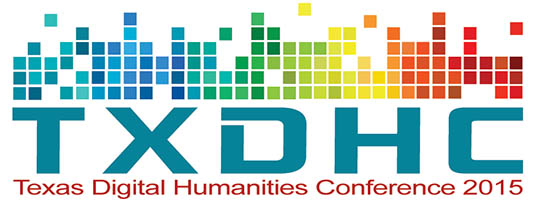Document Type
Presentation
Abstract
As Digital Humanities has taken root across the disciplines, one field has particularly benefited: Diary Studies. In the past, the study of a manuscript diary was determined by access to the archive where the diary was held. Some diaries were transcribed and published, making them more accessible to a wider reading audience, but losing the tactile experience of engaging with the handwritten text that many scholars consider a necessary component for complete and accurate manuscript analysis. Digital humanities methods and platforms appear to provide the best of both worlds: By digitizing a diary, access is enhanced but by providing a visual reproduction of the original manuscript, it remains possible to discuss issues central to manuscript scholarship such as chirography, material appearance and construction, and evidence of revision or editorial changes. Other techniques developed within digital humanities also promise to enhance the study of digitized diaries including crowdsourcing diary transcription or content, visual enhancement of hard-to-read manuscript pages, and keyword searches. However, although this new manuscript archive promises to expand scholarly research into diaries and pedagogical options for teaching diaries, it raises new questions particularly around the issue of privacy. Although privacy is thought by many to be the central defining feature of the diary as a genre, Diary Studies scholars have long grappled with the question of how to define and interpret the concept of privacy as it relates to unpublished, manuscript diaries. Many scholars of diaries have addressed the combination of discomfort and curiosity that drives us to read another person’s intimate life story, and raised editorial and ethical questions about whether a diary’s contents should remain private. Digitized diaries require us to return anew to these questions because reading a diary online rearranges the relationship between reader and text: What does it mean to encounter a private manuscript via a digital platform, particularly one that encourages readers to participate in making the text legible? How does the form of access either make visible or occlude the boundary between public and private self-expression that is often central to a diary’s contents? My talk addresses these conceptual questions by providing an overview of several different forms of diary digitization including: 1) Visual reproduction and transcription, 2) Crowdsourcing transcription and mapping, and 3) Recovery and reconstruction. Among the recent digitized diary projects I will discuss are: Alfred Rosenberg Diary (US Holocaust Memorial Museum) Elizabeth Robinson Farm Diary (The Smithsonian) The Emilie Davis Diaries (Villanova University) Livingstone's 1871 Field Diary: A Multispectral Critical Edition (UCLA) Martha Ballard’s Diary Online Operation War Diary (Zooniverse) The goal of my talk is to introduce these exciting new resources for scholarship and teaching, identify best practices for diary digitization from the perspective of a reader, scholar, and teacher, and theorize how modes of access may impact the textual analysis of the private diary as a genre.
Disciplines
Arts and Humanities | Digital Humanities
Publication Date
4-11-2015
Language
English
License

This work is licensed under a Creative Commons Attribution-NonCommercial-Share Alike 4.0 International License.
Recommended Citation
Henderson, Desiree, "Digitized Diaries and the New Manuscript Archive" (2015). Texas Digital Humanities Conference 2015. 6.
https://mavmatrix.uta.edu/digitalhumanities_conf2015/6

